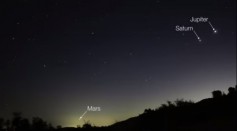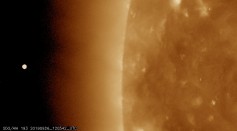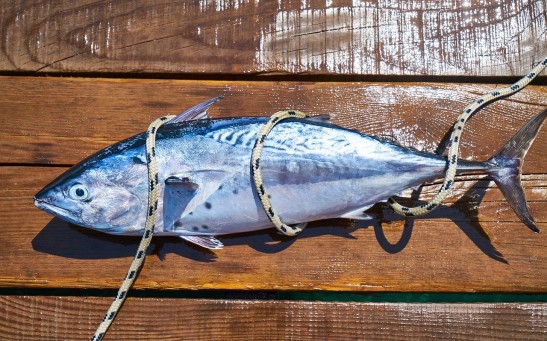Mercury

Five Planets Will Be Visible This Sunday Along with a Crescent Moon: How To See Them Without a Telescope
The Planet Mercury Passes Across The Sun

High Concentration of Mercury in Marine Fog Directly Affects Mountain Lions

The Mercury Transit is Happening Tomorrow. Here is What You Should Know about this Rare Astronomical Event
Researchers Found a Nanomaterial to Replace Mercury
Mercury's Solid Metal Core Could Give a Glimpse into the Earth's Future
Mercury Levels Up In Women Of Childbearing Age In Asia Pacific Region Alarms Global Community
Planet Mercury Shall Be Visible This March 2017
Scientists Indentify One Factor Of Having ALS Or Lou Gehrig’s Disease – Eating Seafood With High Mercury Content
Gluten Free Foods Can Increase Risk Of Toxic Metal Exposures
Five-Planet Alignment To Light Up The Morning Sky
Getting to the Core of MESSENGER's Research—Mercury Reveals A Liquid Core
Data from NASA’s Messenger Probe Reveals New Information About Mercury’s Magnetic Field
A Final Scene from Mercury—MESSENGER’s Last View
Most Popular

How Technology Is Changing the Real Estate Industry?

Study Reveals High Turnover in Scientific Research Careers: What This Means for Future Scientists

How a Plant-Based Diet Can Protect Against Breast Cancer: Insights from Nutrition Research

Why It's So Difficult to Lose Weight: The Biological Explanation Behind Obesity






